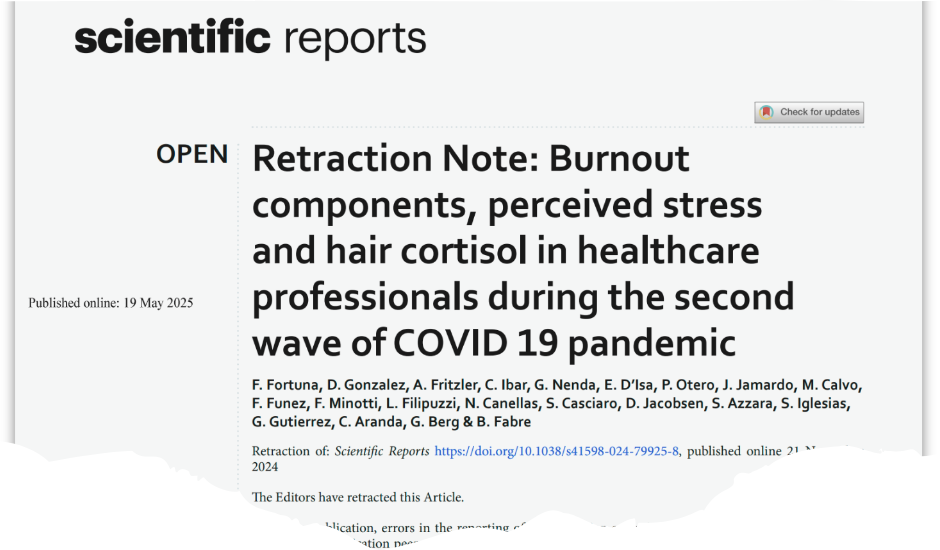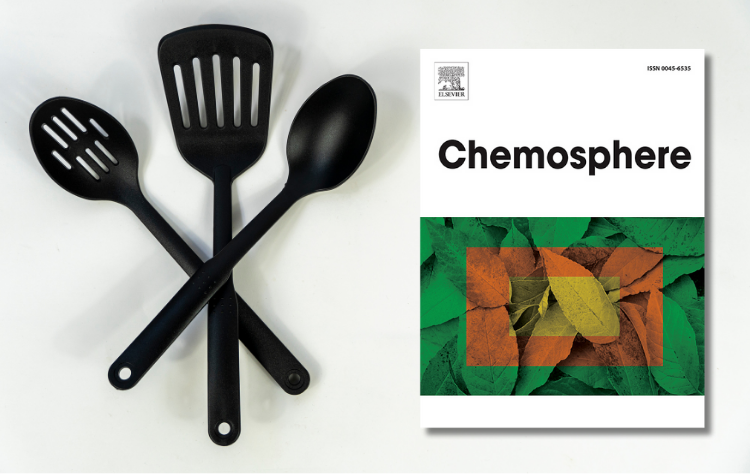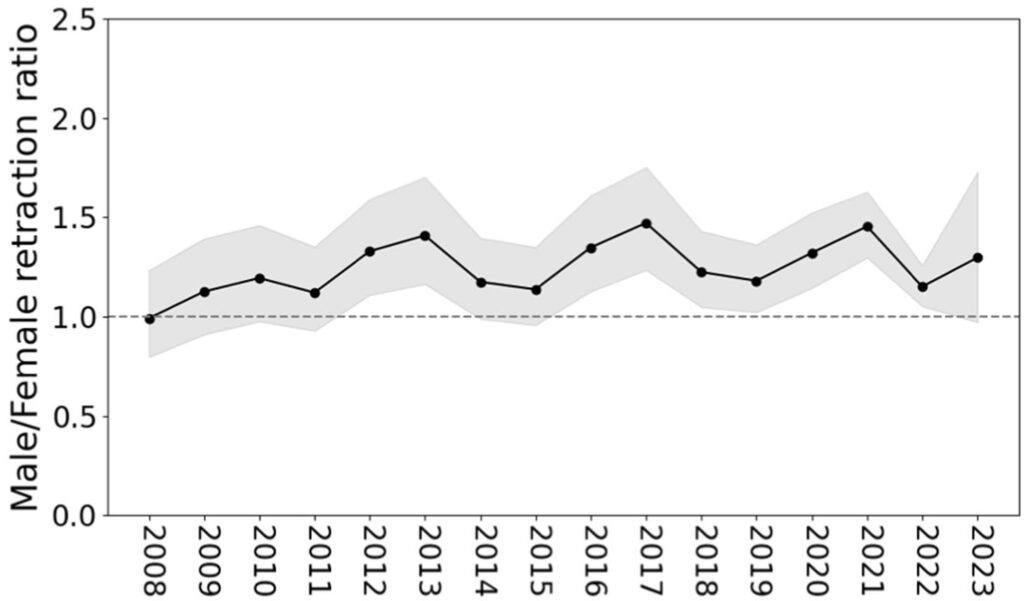
Dear RW readers, can you spare $25?
The week at Retraction Watch featured:
- Viral paper on black plastic kitchen utensils earns second correction
- Harvard researcher’s work faces scrutiny after $39 million private equity deal
- When it comes to conflicts of interest, affiliations are apparently no smoking gun
- Do you need informed consent to study public posts on social media?
- Retraction for ‘unsound’ analysis was ‘disproportionate and discouraging,’ author says
Our list of retracted or withdrawn COVID-19 papers is up past 500. There are more than 60,000 retractions in The Retraction Watch Database — which is now part of Crossref. The Retraction Watch Hijacked Journal Checker now contains more than 300 titles. And have you seen our leaderboard of authors with the most retractions lately — or our list of top 10 most highly cited retracted papers? What about The Retraction Watch Mass Resignations List?
Here’s what was happening elsewhere (some of these items may be paywalled, metered access, or require free registration to read):
Continue reading Weekend reads: Western publishing at a ‘breaking point’; NIH to cap publisher fees; sleuths say their work is being ‘weaponized’






